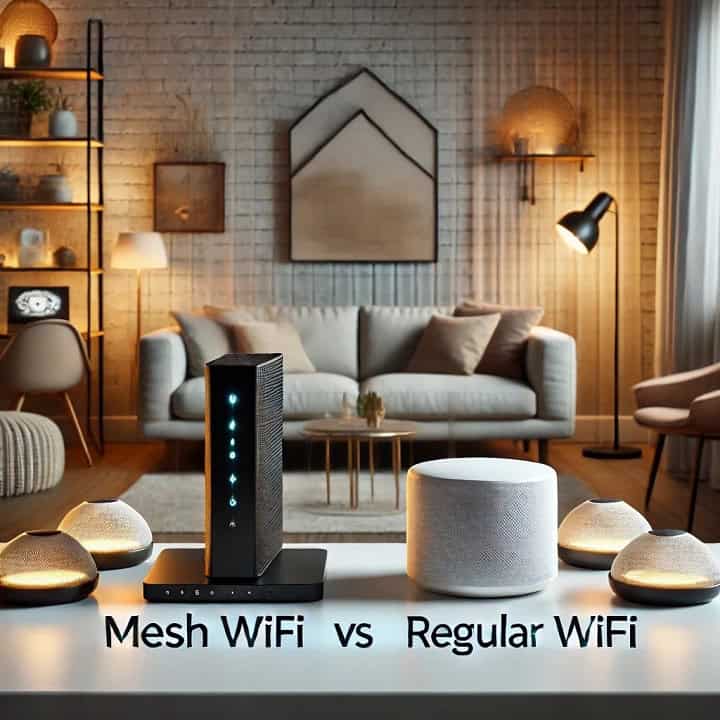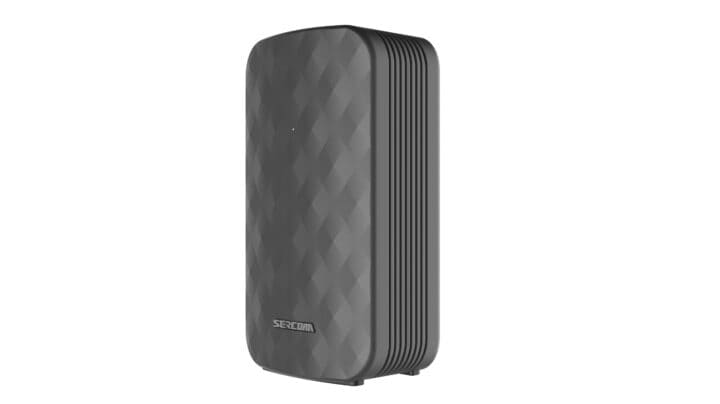If you are trying to get better Wi-Fi at home or at work, you might be looking at mesh systems and traditional routers. There are lots of choices and it can be hard to know which setup will work better for your space. Both options send out a wireless signal, but they do it in different ways. In this post, you will see how each one works, what they are good at, what they might not do well, and where they fit best. Whether you live in a small apartment, a big house, or just need to connect a lot of devices, you will get the facts to help you pick the right setup for your needs.
How Mesh Wi-Fi Systems Work
Mesh Wi-Fi systems use two or more devices that work together to spread a wireless signal across a space. Each device, called a node, links with the others to create a single network. The main unit connects to the modem, and the other nodes are placed in different spots to help the signal reach more areas. This setup helps cut down on dead spots, because the Wi-Fi signal can travel between nodes to cover more ground. All the nodes share the same network name, so devices like phones and laptops can move from room to room without dropping the connection.
How Traditional Routers Work
A traditional single-point router, on the other hand, sends out a Wi-Fi signal from one spot. It connects straight to the modem and tries to cover the whole place from there. The signal is strongest close to the router and gets weaker as you move further away. If a space is big or has thick walls, some areas might not get a strong signal. People sometimes use range extenders to help, but these often make a second network, which can cause confusion or slow down the connection.
Benefits and Drawbacks of Each Option
When it comes to managing connections, mesh Wi-Fi systems let devices automatically connect to the closest node with the best signal. This helps keep speeds steady as you move around. Traditional routers keep all devices on the same single network point, and connections can drop or get slow if you move too far from the router or if there are things in the way. Mesh systems are built to handle lots of devices in bigger spaces, while a single router works best in smaller spaces without many barriers. If you have a small apartment or a single floor home, a regular router might give you enough coverage, but in larger homes, you might see weak signals in some areas.
Setting up both types of routers is usually fairly simple. Most systems come with apps that guide you through each step. For mesh networks, adding more coverage is also easy, since you just plug in another unit and follow the app instructions. For traditional routers, if you need to add range extenders to get better coverage, it can get more tricky. Each extender might need its own setup and can sometimes cause slower speeds.
Mesh Wi-Fi systems often cost more than a basic router, since you need to buy more than one device. You might start with two or three units, and extra ones can raise the price. Traditional routers are cheaper, but you may need to buy extra equipment like range extenders if your coverage is not good enough. This can add to the total cost, but it might still be less than a mesh system for smaller homes.
Best Uses for Mesh Wi-Fi and Traditional Routers
Mesh Wi-Fi systems work well in large homes or places where walls are thick. They use two or more devices that talk to each other, which helps spread a strong signal to parts of a house where a single router might not reach. This can help if you have dead spots or notice the signal drops in some rooms.
For small apartments or single-floor houses, a traditional router often does the job. The space is not that big, so the signal from one router can reach all areas without much trouble. There is less need for extra devices, and the setup is usually simple.
In homes where many people or smart devices are connected at the same time, mesh Wi-Fi can handle the extra load better. Mesh systems usually share the work across their units, which can help keep speeds more steady when a lot of devices are online. Traditional routers can also work for this, but they may slow down if too many things are using the network at once, depending on the model and speed.
In Summary
Choosing between a mesh Wi-Fi system and a traditional router comes down to the size of your space, how many devices you need to connect, and your budget. Mesh systems are good for larger homes or places with thick walls where a single router might not reach every room. They can also keep speeds more steady when many devices are online. Traditional routers work well for smaller spaces, like apartments or single-story houses, and usually cost less. They are also simple to set up if you do not need extra coverage. Think about how much area you need to cover and how many devices you want to connect before you pick the best option for your needs.




